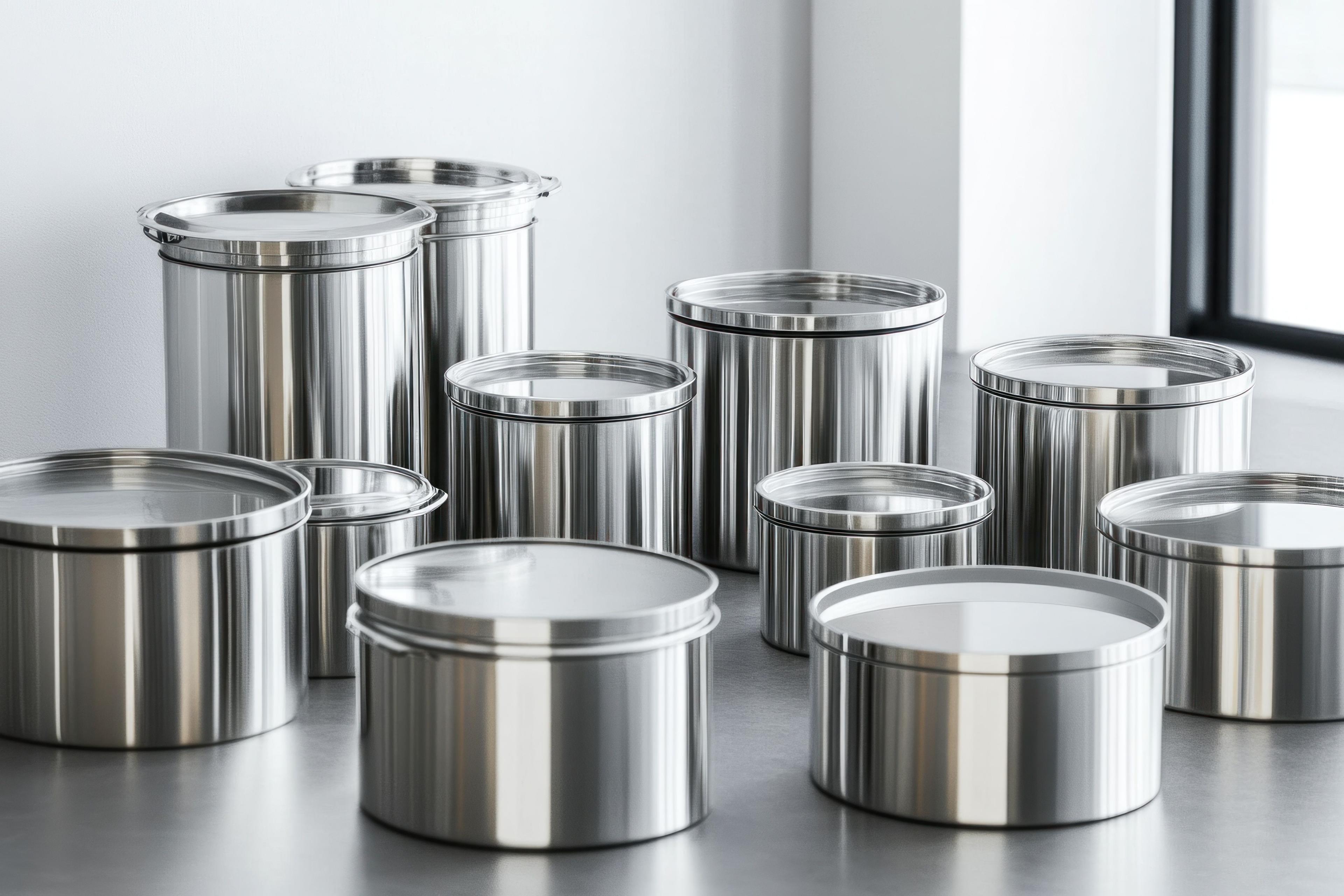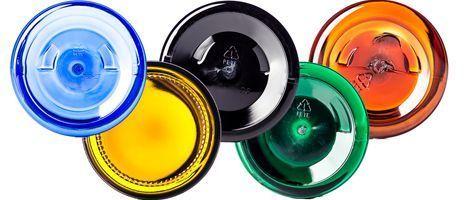How to Make Metal Packaging More Sustainable


As sustainability becomes a key priority for businesses and consumers alike, industries that rely on metal packaging are exploring ways to make their processes more environmentally friendly. Metal packaging, including aluminum cans, tinplate containers, and steel drums, already offers significant sustainability advantages due to its durability and recyclability. However, further improvements can be made to minimize its environmental impact.
This guide explores actionable strategies to enhance the sustainability of metal packaging, from responsible sourcing and manufacturing to recycling and innovative design solutions.
1. Use Recycled Metal Materials
One of the most effective ways to make metal packaging more sustainable is to use recycled materials. Aluminum and steel can be recycled indefinitely without losing their properties, making them excellent candidates for circular economy models.
Benefits of Recycled Metal:
- Reduces Carbon Footprint: Using recycled aluminum saves up to 95% of the energy required to produce new aluminum.
- Minimizes Waste: Keeps metal out of landfills and reduces the need for virgin raw materials.
- Encourages Closed-Loop Recycling: Ensures that materials are continuously reused in production.
Businesses should work with suppliers who offer high-recycled-content metal materials and clearly label packaging to encourage consumer recycling.
Challenges of Using Recycled Metal:
- Quality Control: Ensuring consistency in material strength and composition can be challenging.
- Higher Processing Costs: While recycling metal is energy-efficient, refining and purifying recycled metals require specialized equipment and processes.
- Supply Chain Management: Businesses must secure a stable supply of high-quality recycled materials to maintain product integrity.
2. Optimize Manufacturing Processes
Efficient production methods can significantly reduce the environmental impact of metal packaging. Companies should focus on:
- Energy-Efficient Manufacturing: Implementing renewable energy sources, such as solar or wind power, in production facilities.
- Water Conservation: Reducing water usage in metal forming and coating processes.
- Reducing Material Waste: Utilizing precision cutting and forming techniques to minimize scrap metal.
Best Practices for Sustainable Manufacturing:
- Lean Manufacturing Techniques: Reducing material waste and optimizing efficiency to lower emissions.
- Green Supply Chain Management: Working with suppliers that adhere to sustainable mining and refining practices.
- Smart Coating Technologies: Using environmentally friendly coatings that extend product life while reducing chemical waste.
By streamlining manufacturing, businesses can lower emissions and energy consumption while maintaining product quality.
3. Lightweight Packaging Design
Reducing the amount of metal used in packaging without compromising its integrity is a key sustainability strategy.
Ways to Achieve Lightweighting:
- Thinner Metal Sheets: Advanced engineering allows for thinner but equally strong metal packaging.
- Optimized Structural Design: Using reinforced design patterns to maintain strength while reducing material use.
- Multi-Use Capabilities: Creating reusable packaging solutions to extend the life cycle of metal containers.
Lightweighting not only cuts down material costs but also decreases transportation emissions due to reduced shipping weight.
Considerations for Lightweight Metal Packaging:
- Durability vs. Weight Reduction: Finding a balance between structural integrity and reducing material use.
- Compatibility with Coatings: Ensuring that thinner materials can still hold up to protective coatings.
- Consumer Perception: Lightweight metal packaging must maintain a premium feel for high-end products.
4. Improve Coatings and Linings
Many metal containers require coatings to prevent corrosion or contamination, particularly in food and beverage packaging. Traditional coatings have contained harmful substances such as BPA, but safer alternatives are now available.
Sustainable Coating Solutions:
- BPA-Free Linings: Safer for consumers and the environment.
- Water-Based Coatings: Reduce chemical emissions and waste.
- Biodegradable Linings: Research is ongoing into fully compostable metal can linings.
Innovations in Metal Coatings:
- Nano-Coatings: Ultra-thin protective layers that enhance durability while being eco-friendly.
- Organic Resin-Based Linings: Offering protection without synthetic chemicals.
- Self-Healing Coatings: Technologies that allow minor scratches to repair themselves, prolonging the lifespan of packaging.
Selecting eco-friendly coatings ensures that metal packaging remains safe and recyclable while reducing environmental harm.
5. Encourage Reuse and Refill Programs
Reusing metal containers extends their lifecycle and reduces waste. Many brands are shifting toward reusable and refillable metal packaging solutions.
Examples of Reuse Strategies:
- Refill Stations for Household Products: Encouraging consumers to refill metal containers instead of discarding them.
- Reusable Metal Tins: Popular for coffee, tea, and luxury items.
- Deposit and Return Systems: Consumers return used metal packaging for a refund, promoting circular usage.
Encouraging reuse reduces waste and provides consumers with a sustainable alternative to single-use packaging.
Benefits of Reusable Metal Packaging:
- Brand Loyalty: Encouraging repeat purchases through refill programs.
- Cost Savings: Long-term reduction in production costs as packaging is reused multiple times.
- Waste Reduction: Minimizing single-use packaging waste and lowering environmental footprint.
6. Enhance Recycling Infrastructure and Consumer Awareness
While metal is highly recyclable, ensuring that more packaging gets properly recycled requires better infrastructure and education.
Steps to Boost Recycling Rates:
- Clear Labeling: Providing clear recycling instructions on packaging.
- Partnerships with Recycling Facilities: Ensuring access to effective recycling programs.
- Consumer Education Campaigns: Teaching consumers about the benefits and proper disposal of metal packaging.
Overcoming Recycling Challenges:
- Cross-Contamination: Ensuring metal packaging is not contaminated with food or other substances that reduce recyclability.
- Collection Efficiency: Expanding curbside recycling programs to include all metal packaging types.
- Economic Incentives: Government policies that reward businesses for high recycling rates.
By improving recycling awareness and accessibility, businesses can prevent recyclable materials from ending up in landfills.
7. Future Trends in Sustainable Metal Packaging
The metal packaging industry continues to evolve, with new innovations aimed at making packaging even more sustainable.
Emerging Trends:
- Smart Packaging Solutions: Integrating digital tracking to improve recycling efficiency.
- Hydrogen-Based Metal Production: Using hydrogen instead of coal to reduce emissions in metal refining.
- 3D-Printed Metal Packaging: Reducing waste through additive manufacturing techniques.
Predictions for the Next Decade:
- 100% Recyclable and Compostable Metal Packaging: Combining sustainable metal alloys with biodegradable coatings.
- Widespread Adoption of Refill Systems: More brands shifting toward refillable metal packaging as consumer demand grows.
- Government Regulations Driving Sustainability: Stricter policies encouraging companies to adopt greener packaging methods.
Making metal packaging more sustainable requires a multi-faceted approach, from sourcing recycled materials and optimizing production to encouraging reuse and enhancing recycling efforts. With the right strategies, businesses can minimize environmental impact while maintaining the durability and functionality that metal packaging provides.
By investing in innovative solutions and educating consumers, the metal packaging industry can continue to be a leader in sustainability.
Looking for sustainable metal packaging solutions? Explore our eco-friendly options today!




